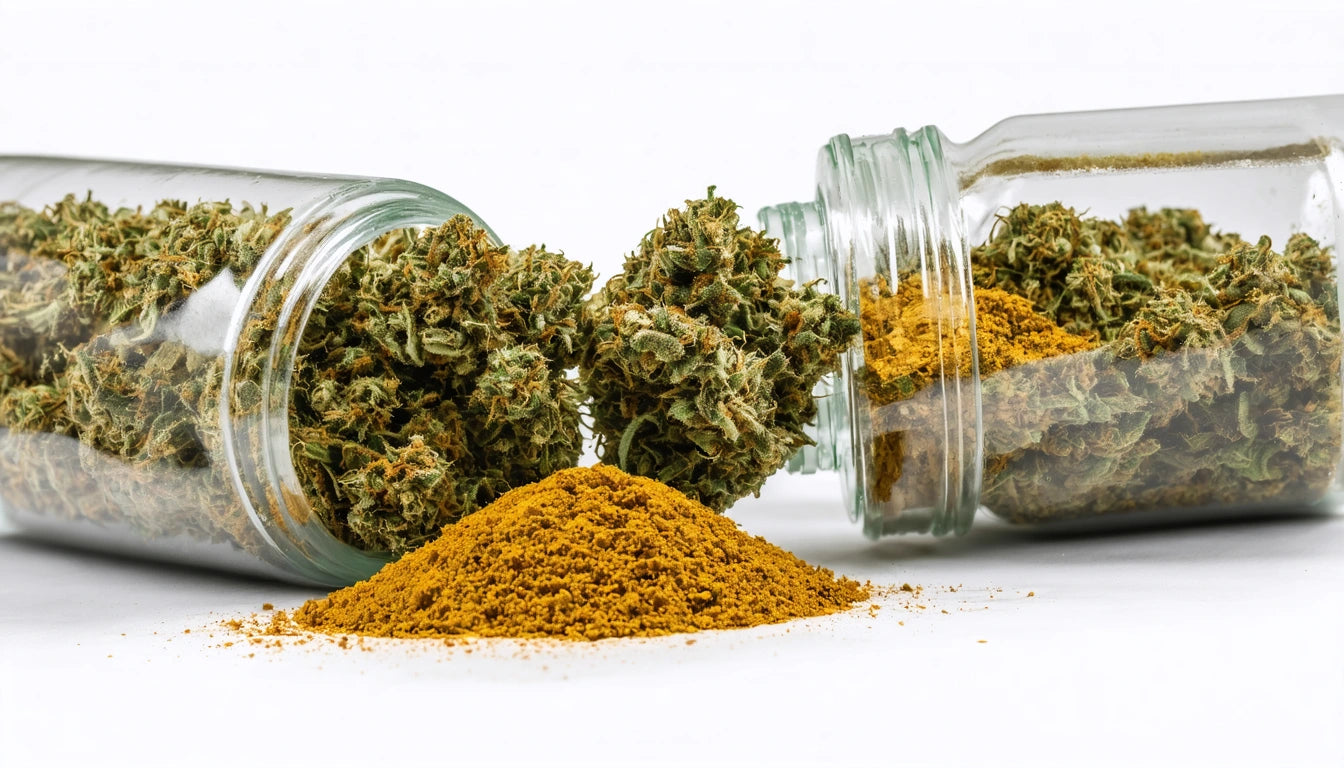Table of Contents
- What is TAC in Cannabis? The Complete Definition
- TAC vs. THC: Understanding the Difference
- Reading Lab Results: How to Interpret TAC on Cannabis Labels
- TAC in Different Cannabis Products: Flower, Concentrates, and Edibles
- High TAC Cannabis: Potential Benefits and Considerations
- The Future of TAC Testing and Consumer Education
Understanding TAC in Cannabis: What It Means and Why It Matters
When browsing cannabis products, you've likely encountered various acronyms and percentages on packaging. Among these, TAC stands out as an important but often misunderstood measurement. For consumers looking to make informed decisions about their cannabis purchases, understanding what TAC in weed means can help guide your selection process.
What is TAC in Cannabis? The Complete Definition
TAC stands for Total Active Cannabinoids, representing the sum of all cannabinoids present in a cannabis product. Unlike measurements that focus solely on THC or CBD, TAC provides a comprehensive picture of a product's cannabinoid profile.
This measurement includes:
- THC (delta-9-tetrahydrocannabinol)
- CBD (cannabidiol)
- CBG (cannabigerol)
- CBN (cannabinol)
- CBC (cannabichromene)
- THCV (tetrahydrocannabivarin)
- And other minor cannabinoids
For a more detailed breakdown of the differences between these compounds, you can refer to our guide on understanding the differences between TAC, THC, and CBD.
TAC vs. THC: Understanding the Difference
Many consumers confuse TAC with THC, but they represent different aspects of cannabis potency. THC specifically refers to the psychoactive compound responsible for the "high" associated with marijuana use. THC is the key component that produces intoxicating effects.
In contrast, TAC provides a more holistic view of a product's potential effects. A product with 25% TAC might contain:
- 20% THC
- 2% CBD
- 3% other cannabinoids
This distinction matters because the entourage effect suggests that cannabinoids work synergistically, potentially enhancing therapeutic benefits beyond what individual compounds might offer alone.
When properly stored with humidity control solutions that maintain optimal moisture levels, cannabis can preserve its TAC content for longer periods, ensuring consumers get the full spectrum of cannabinoids with each use.
Reading Lab Results: How to Interpret TAC on Cannabis Labels
Understanding what TAC means in weed requires familiarity with lab testing results. When examining a Certificate of Analysis (COA) or product label, you'll typically find:
- Individual cannabinoid percentages (THC, CBD, etc.)
- TAC percentage
- Terpene profile
For consumers asking "what is a high TAC in weed," the answer varies by product type. For flower, anything above 25% TAC is generally considered potent, while concentrates may reach 80-90% TAC.
Lab testing methods for determining TAC typically use high-performance liquid chromatography (HPLC) to separate and quantify each cannabinoid before calculating the total sum.
TAC in Different Cannabis Products: Flower, Concentrates, and Edibles
What TAC means in marijuana varies slightly across different product categories:
Flower
In cannabis flower, TAC typically ranges from 15-30%. Premium strains may advertise higher TAC percentages as a selling point, though experienced consumers know that effects depend on more than just this number.
Concentrates
Concentrates like wax, shatter, and live resin boast much higher TAC levels, often between 60-90%. This concentration process focuses on extracting and preserving cannabinoids while removing plant material.
Edibles
For those wondering what TAC in edibles means, it's important to note that edibles are typically measured by milligrams of cannabinoids per serving rather than by percentage. A 100mg TAC edible contains a total of 100mg of all cannabinoids combined.
Understanding THC types and terminology can further help consumers navigate product labels effectively.
High TAC Cannabis: Potential Benefits and Considerations
Products with high TAC percentages offer potential advantages for certain consumers:
- More pronounced effects from smaller amounts
- Potentially stronger therapeutic benefits
- Better value for experienced users with higher tolerance
However, high TAC products aren't necessarily superior for everyone. Many factors influence cannabis effects, including:
- Individual body chemistry
- Tolerance levels
- Desired outcomes
- Terpene profiles
Some consumers report that moderately potent products with balanced cannabinoid profiles provide more enjoyable experiences than those with extremely high TAC levels.
When exploring cannabis strains with high potency, consider how the overall cannabinoid profile aligns with your preferences rather than focusing solely on TAC percentage.
The Future of TAC Testing and Consumer Education
As the cannabis industry matures, TAC testing and reporting continue to evolve. Emerging trends include:
- More detailed cannabinoid breakdowns on product packaging
- Increased consumer education about the entourage effect
- Growing interest in minor cannabinoids beyond THC and CBD
- Development of products with specific cannabinoid ratios for targeted effects
For consumers seeking to understand what TAC stands for in weed and how it affects their experience, education remains key. The cannabis market is moving toward transparency, with more detailed information becoming standard on product packaging.
By understanding TAC and other metrics like terpene profiles, consumers can make more informed choices about which products align with their preferences and desired effects. This knowledge empowers users to move beyond simplistic high-THC shopping and toward a more nuanced appreciation of cannabis's complex chemical composition.











Leave a comment
All comments are moderated before being published.
This site is protected by hCaptcha and the hCaptcha Privacy Policy and Terms of Service apply.